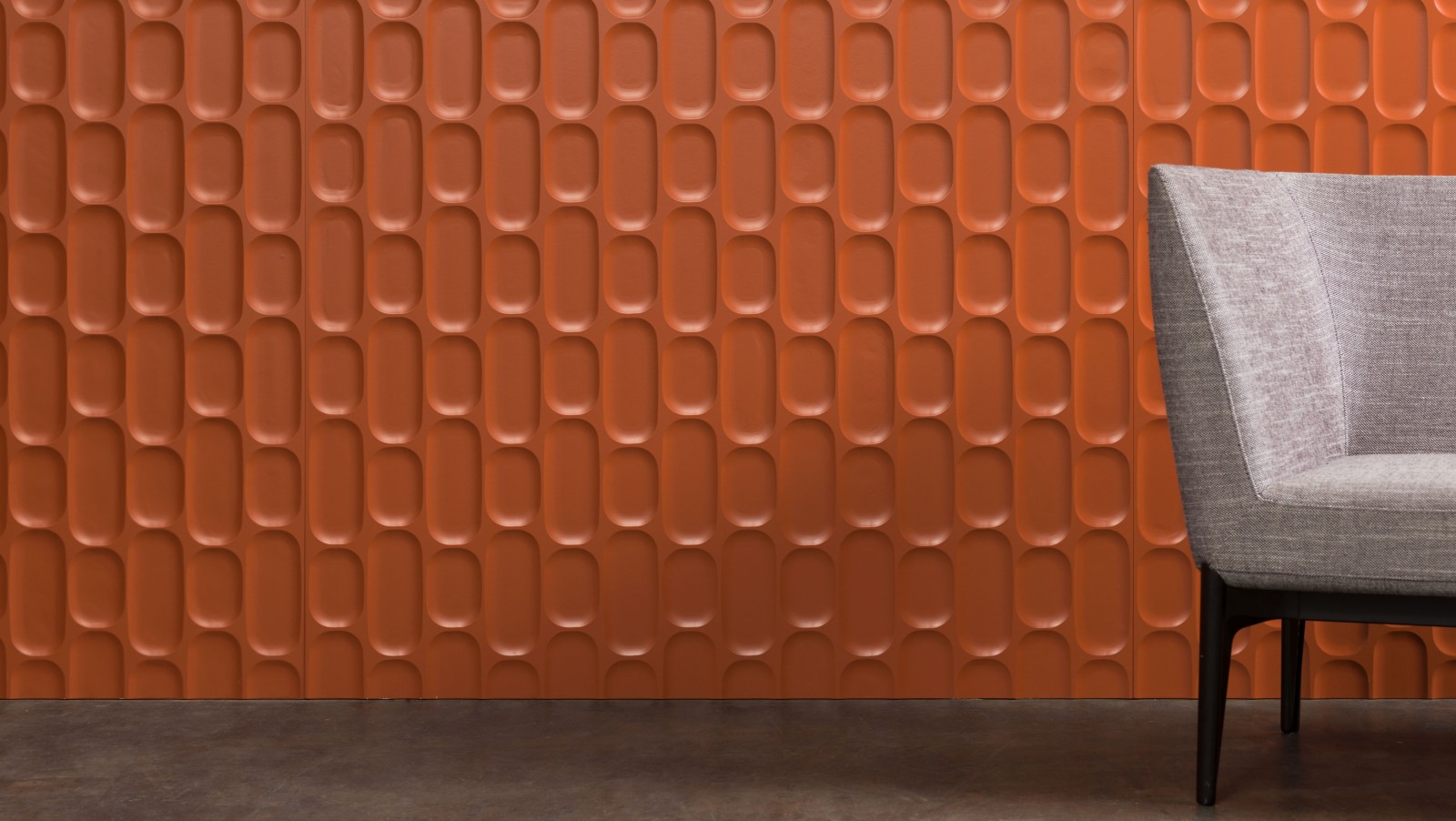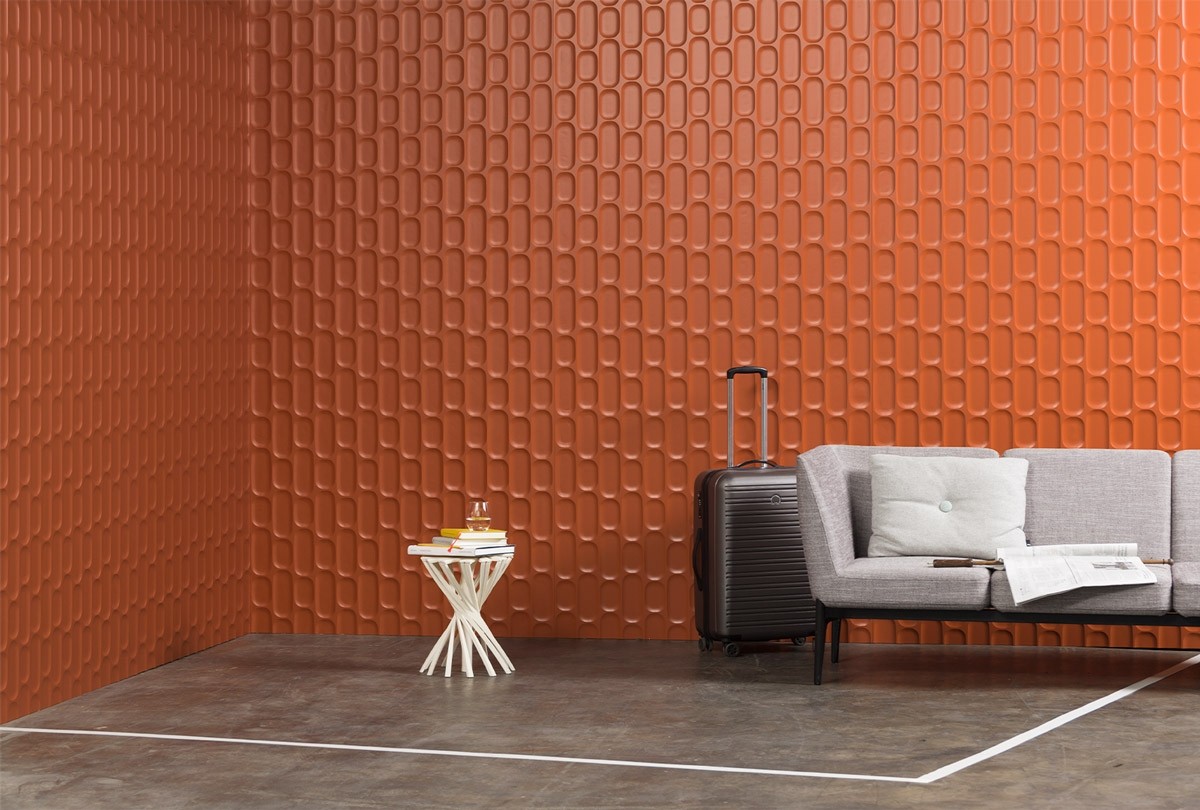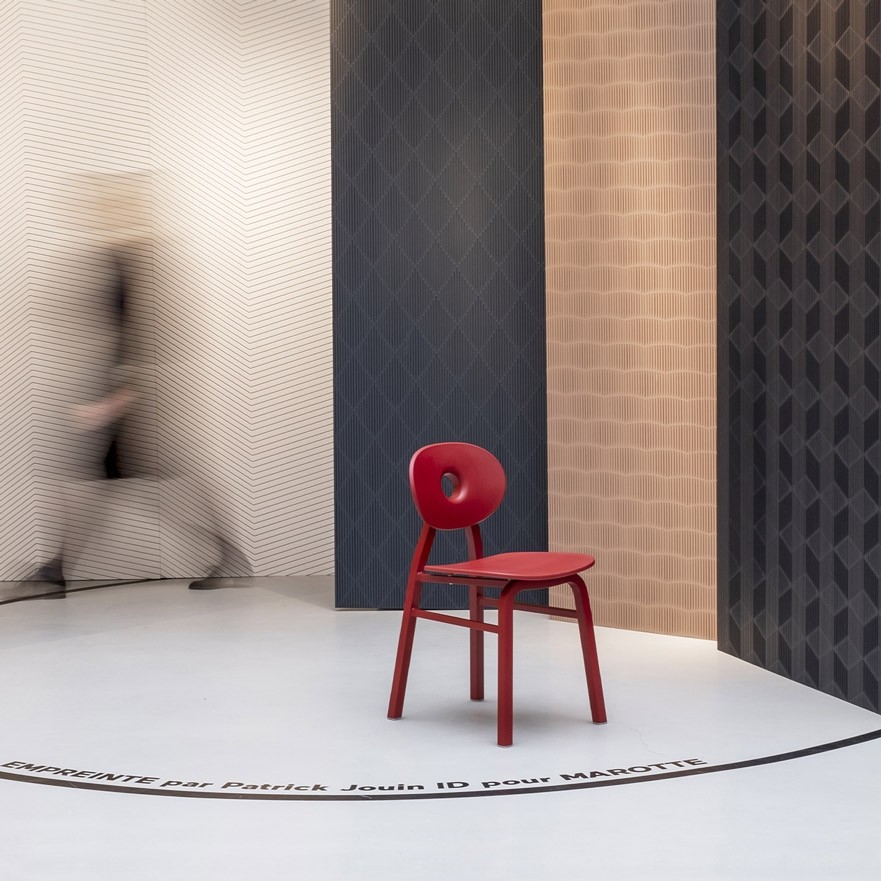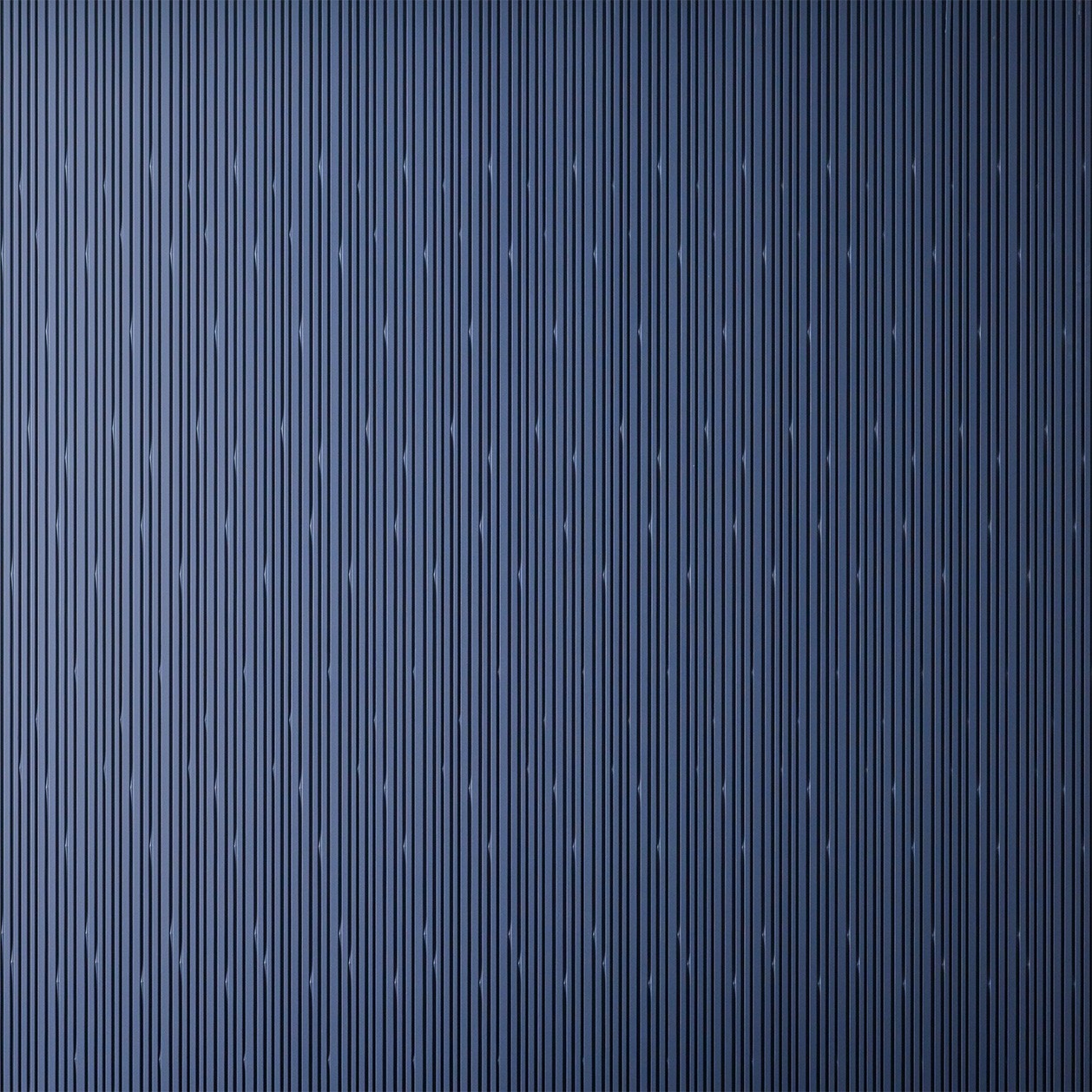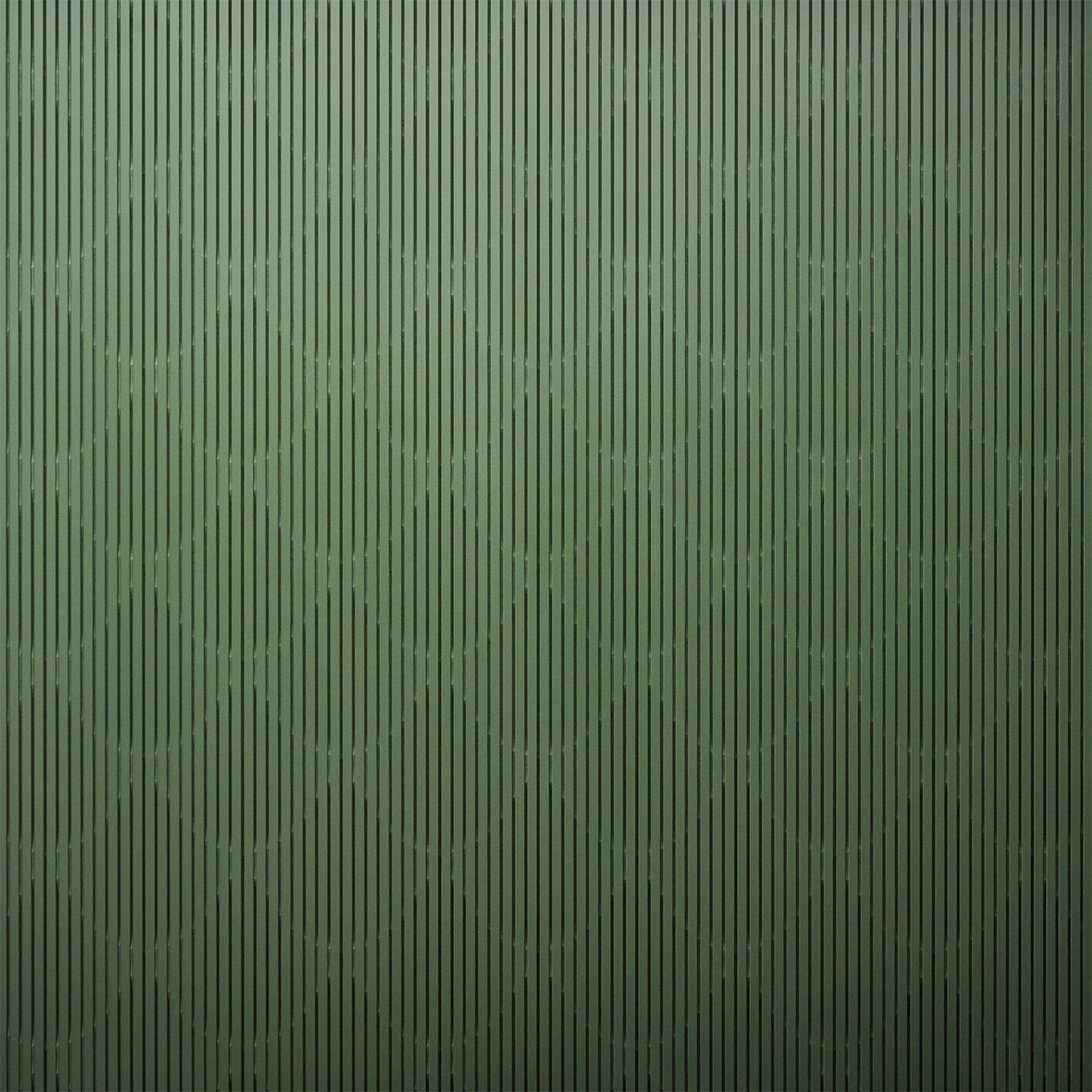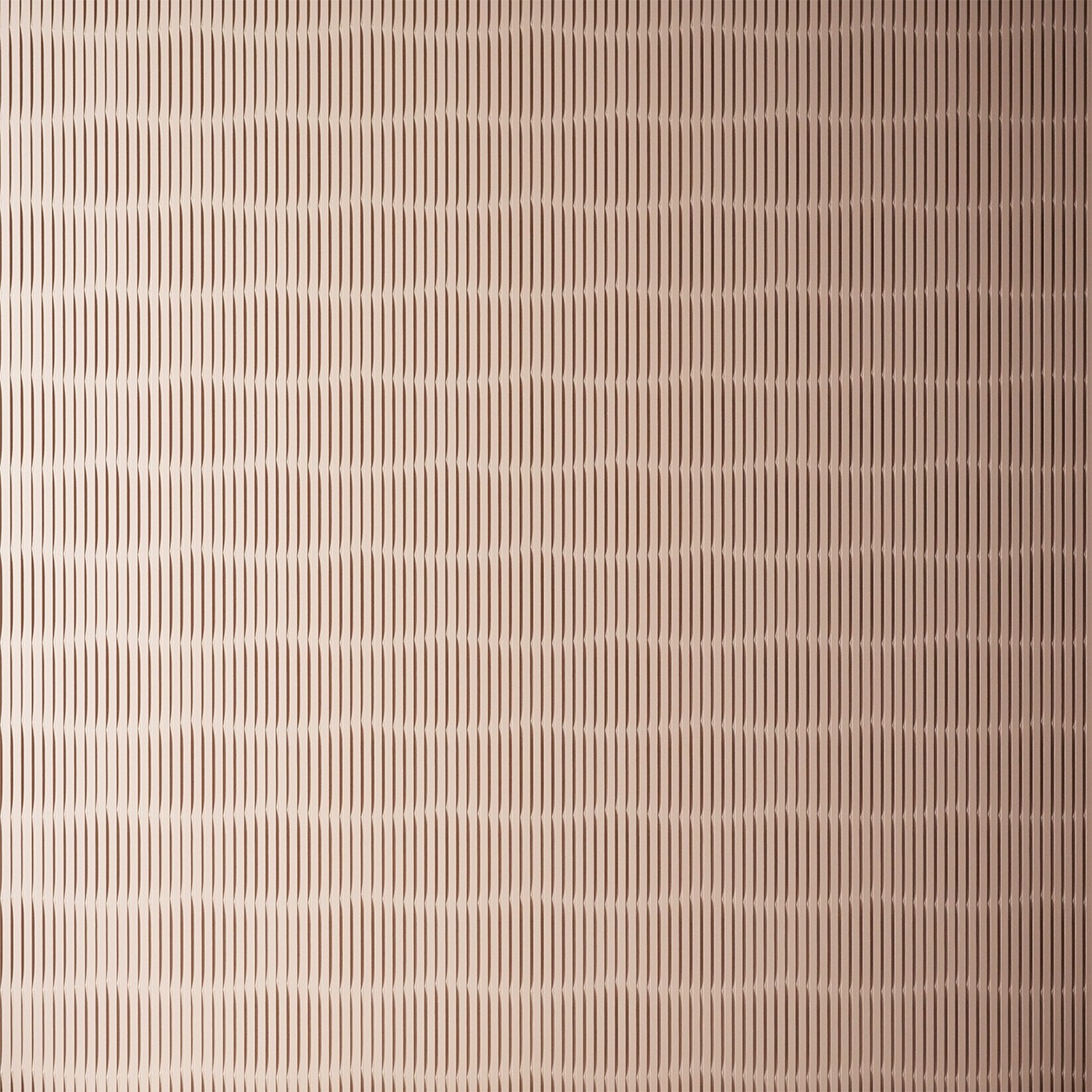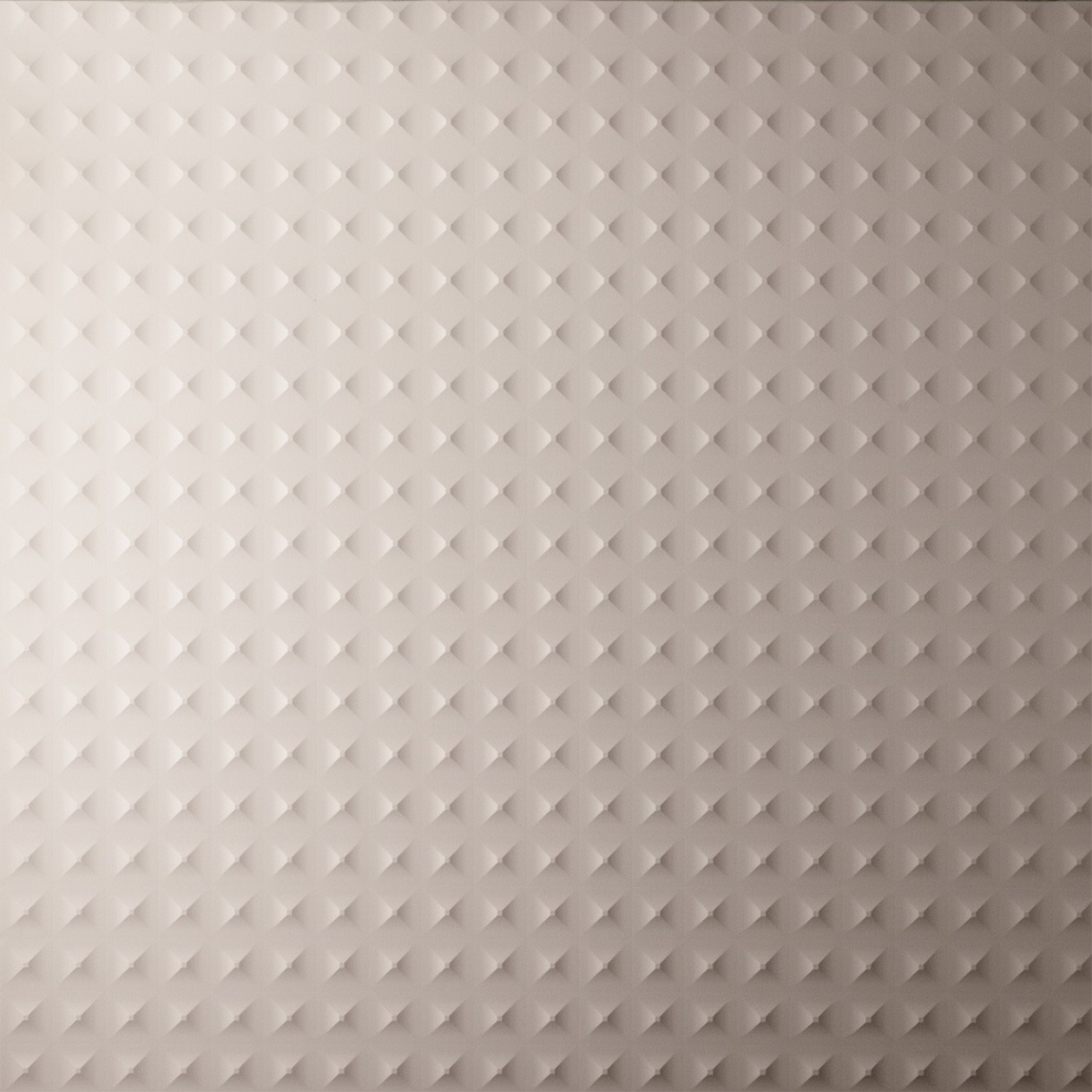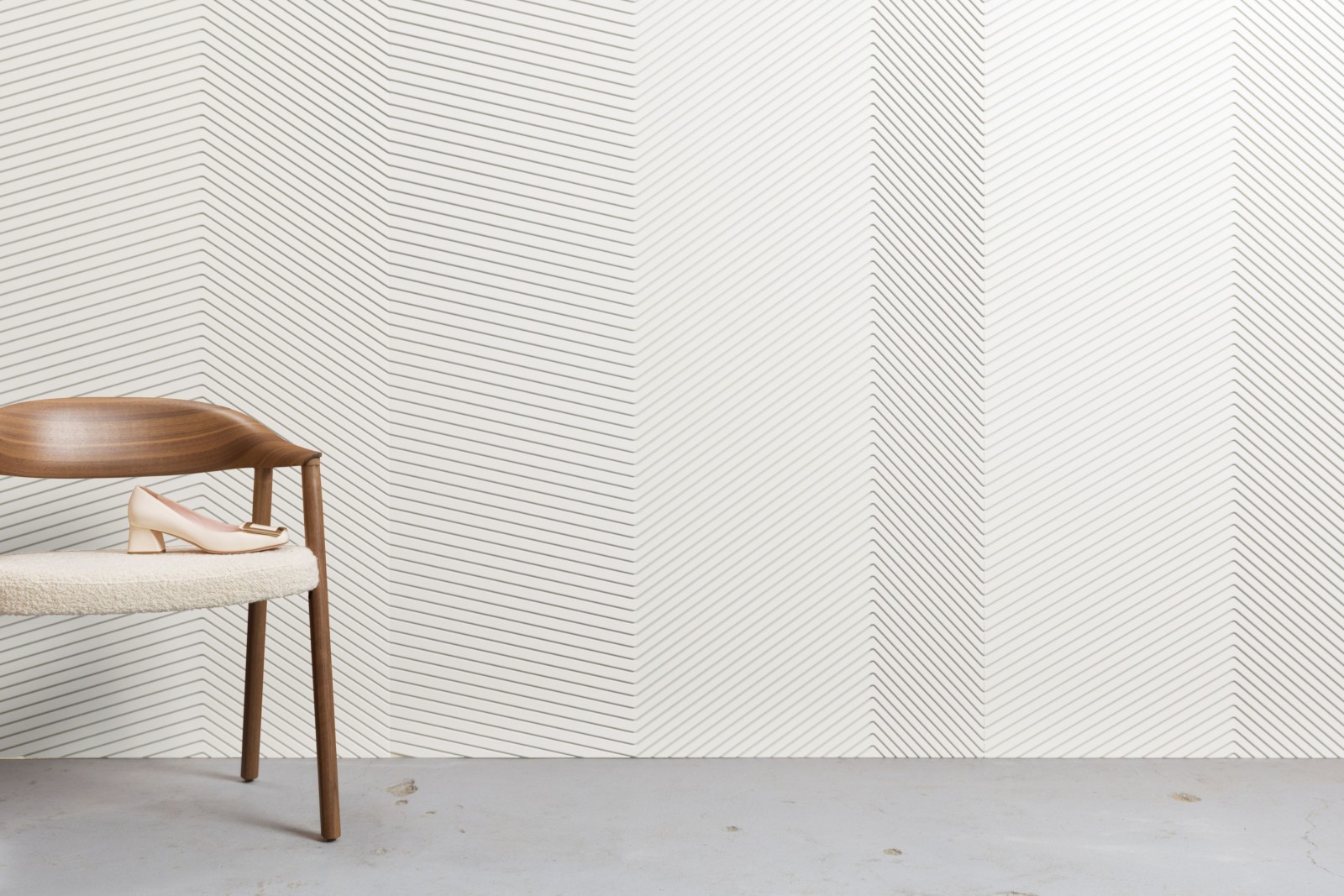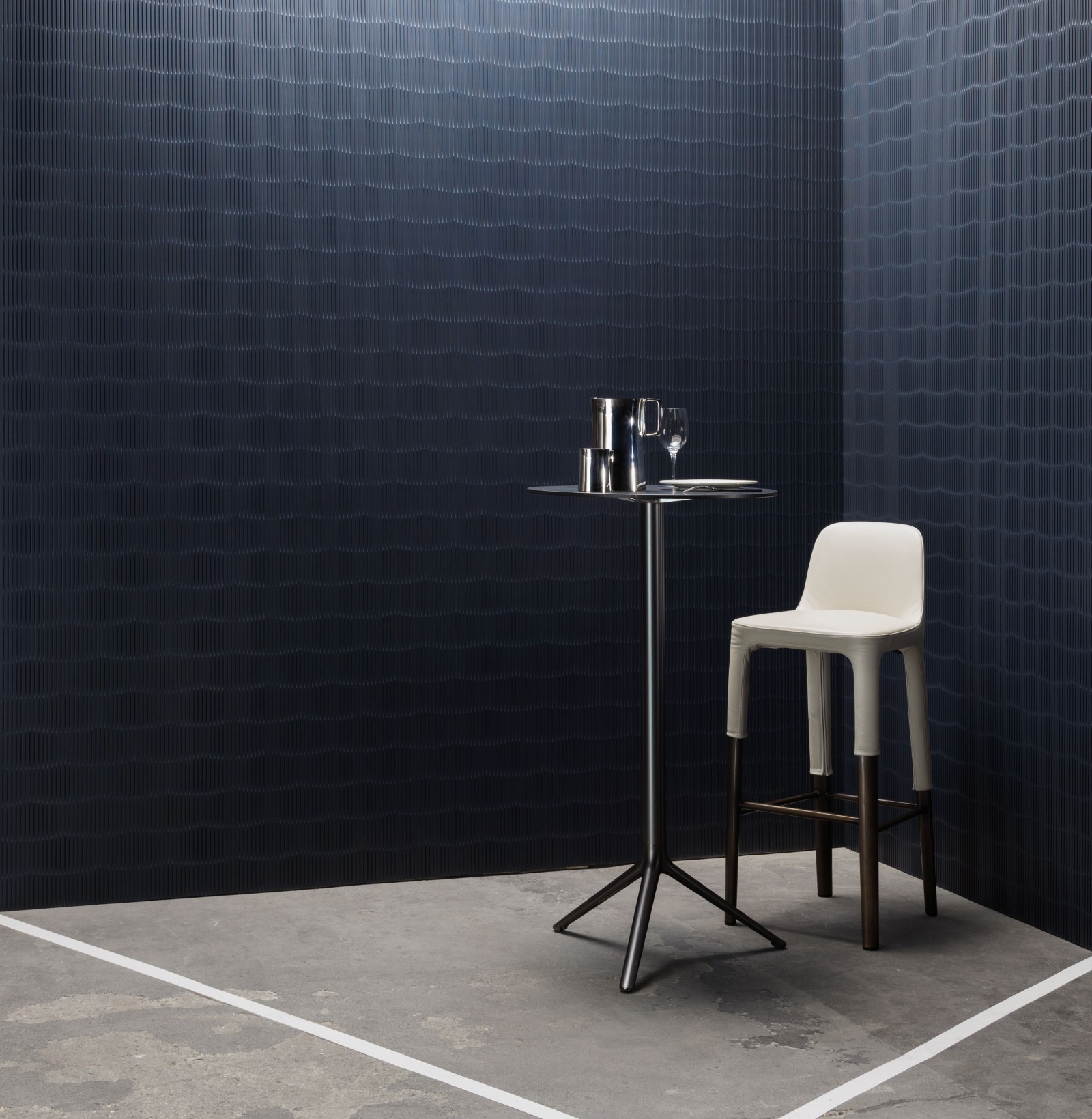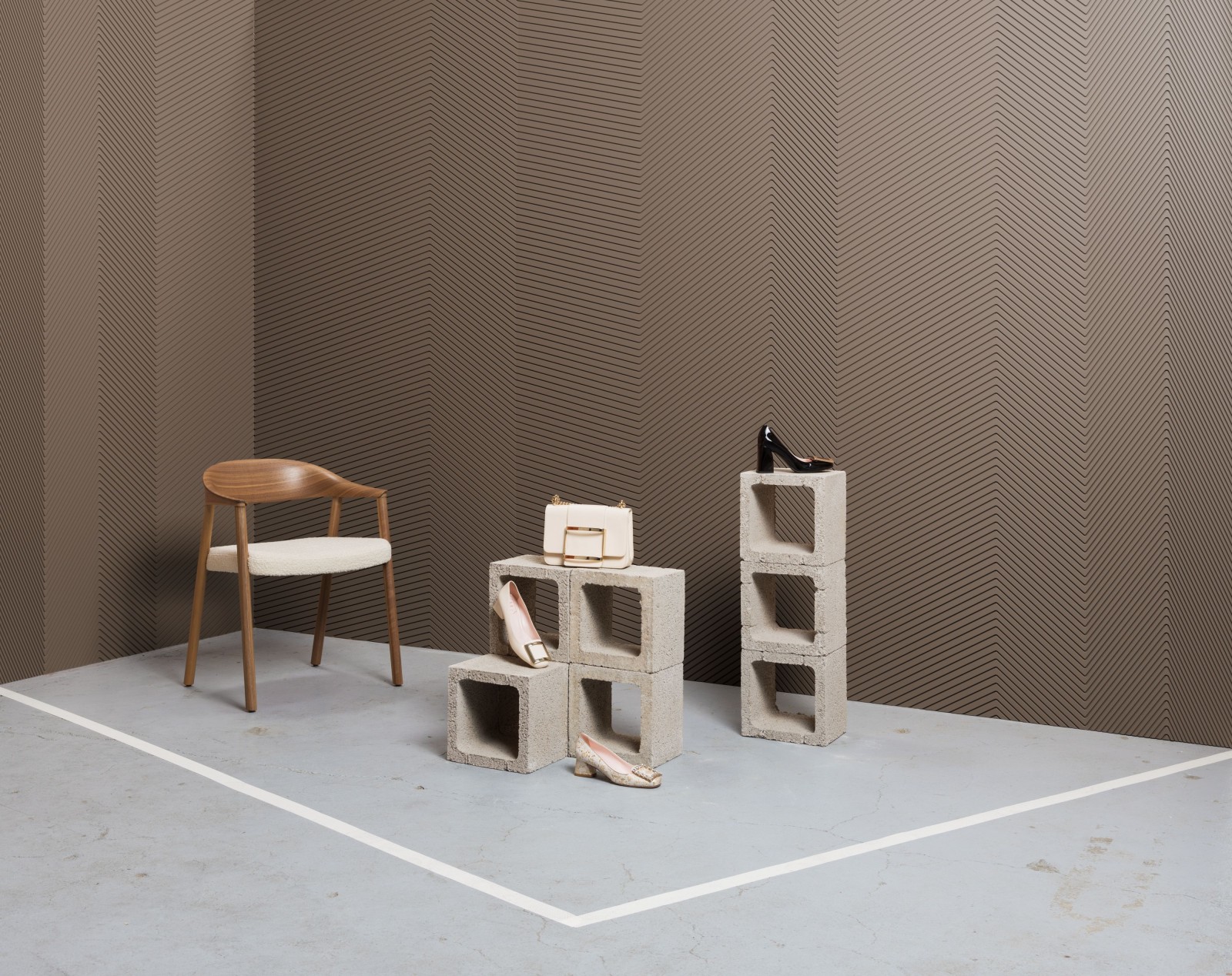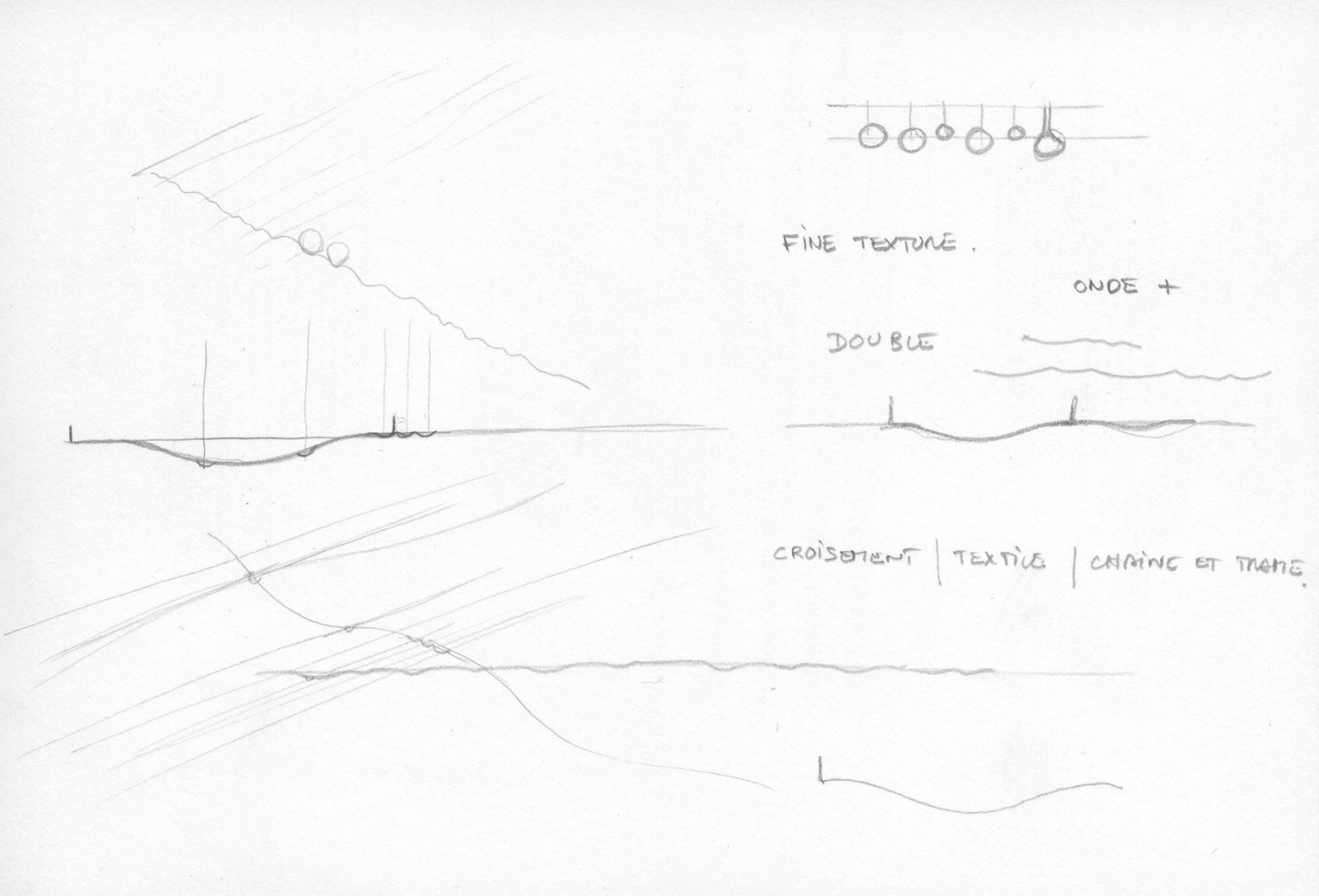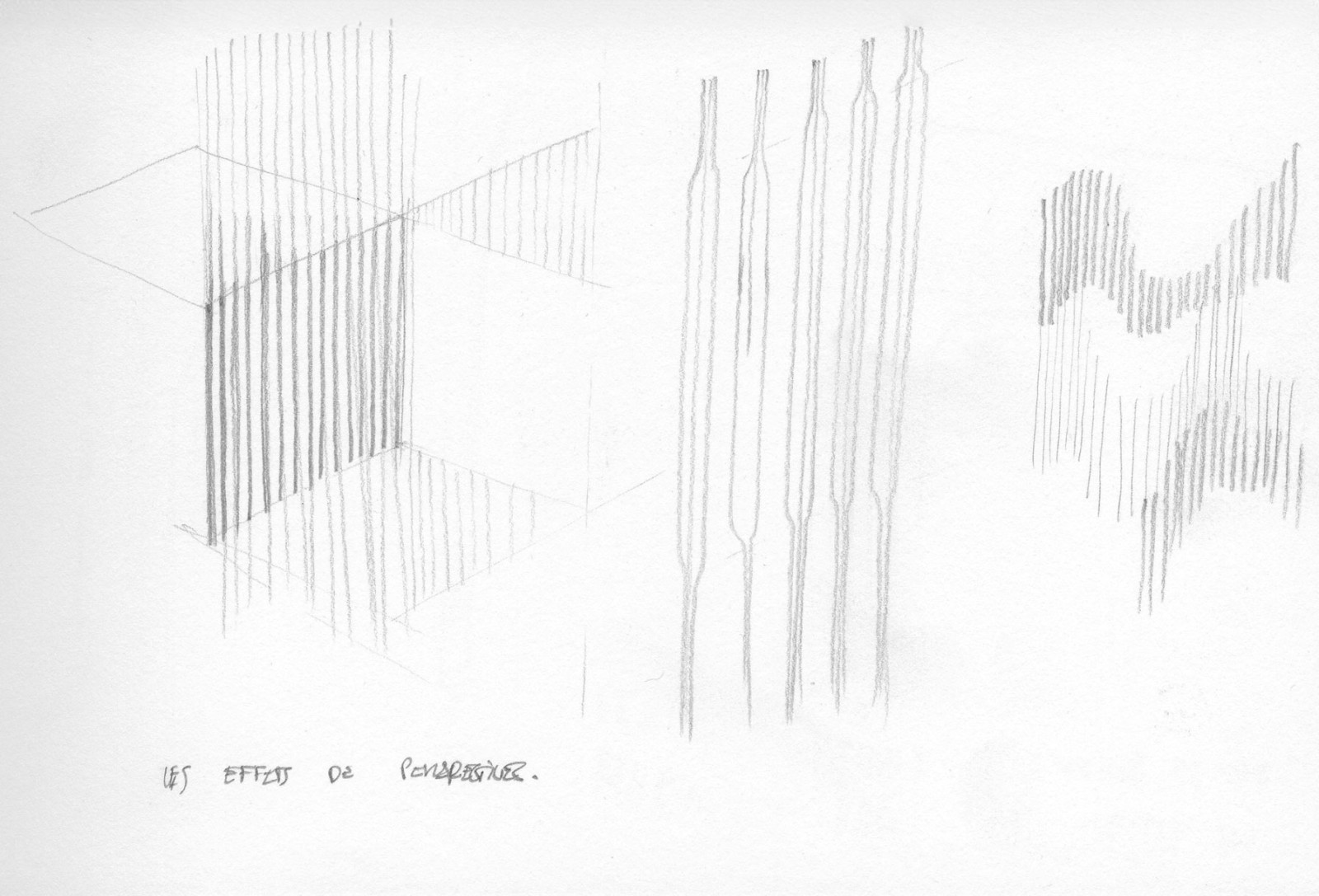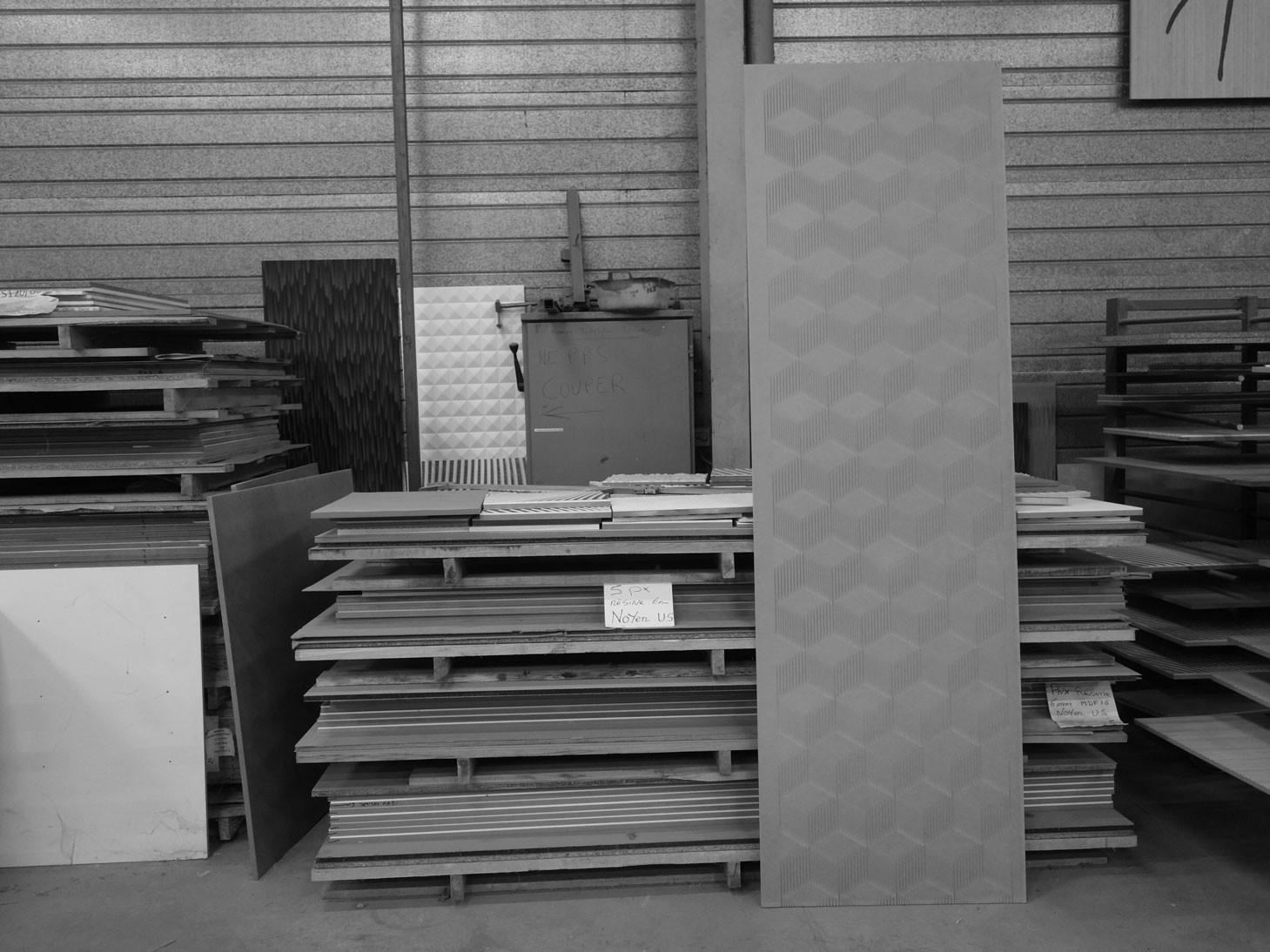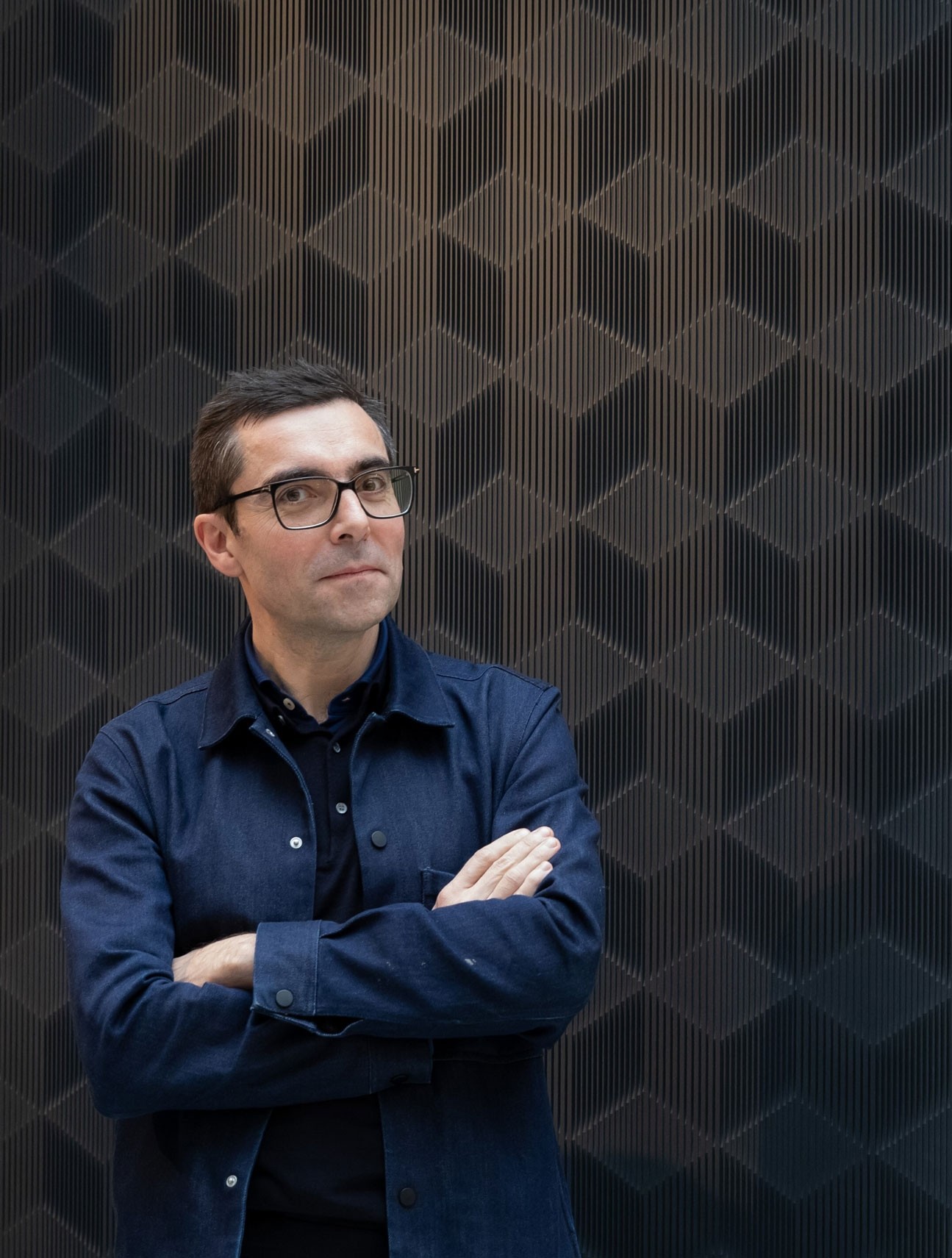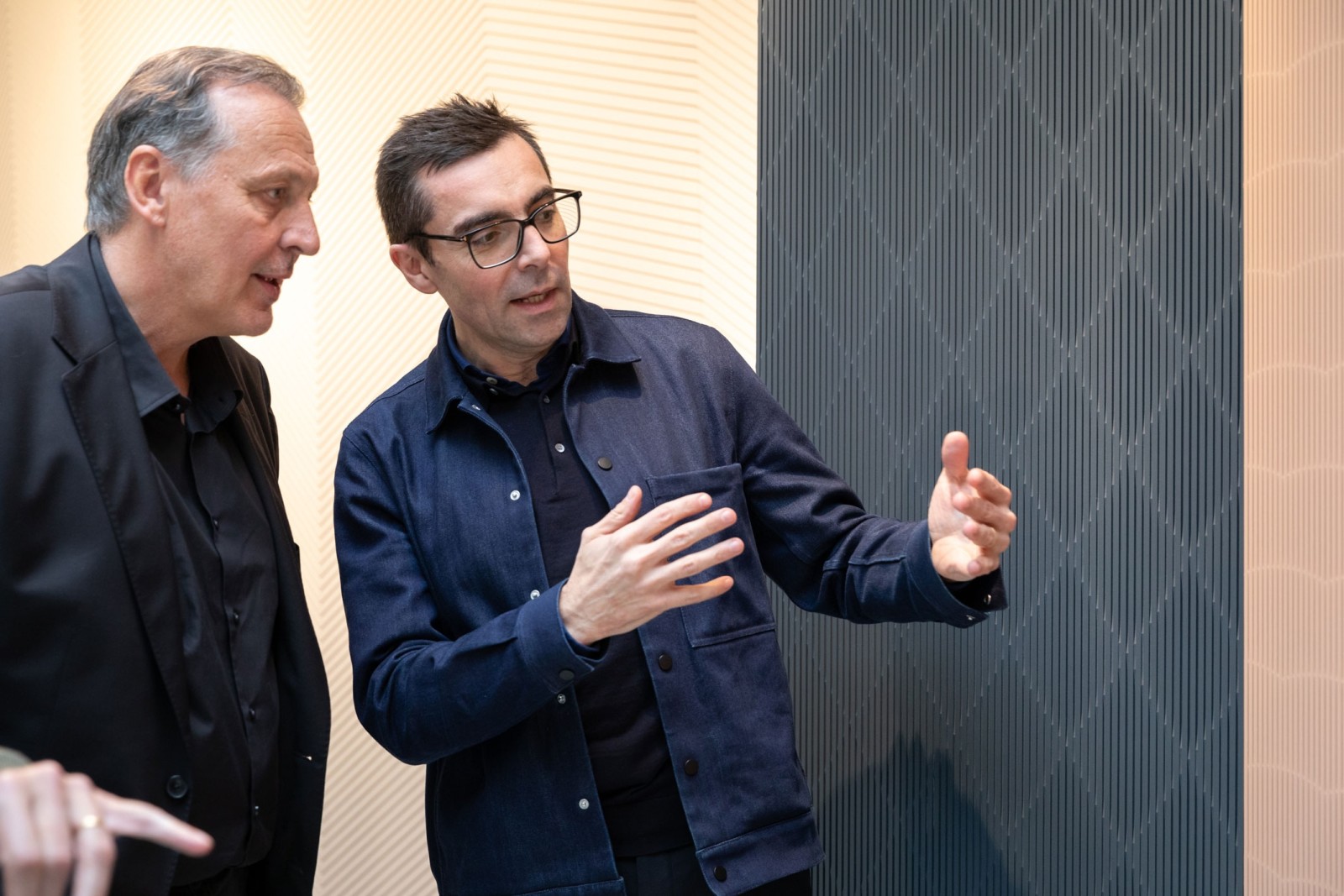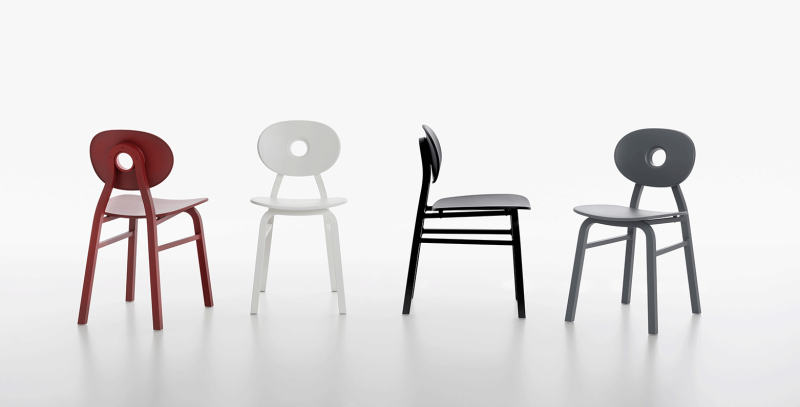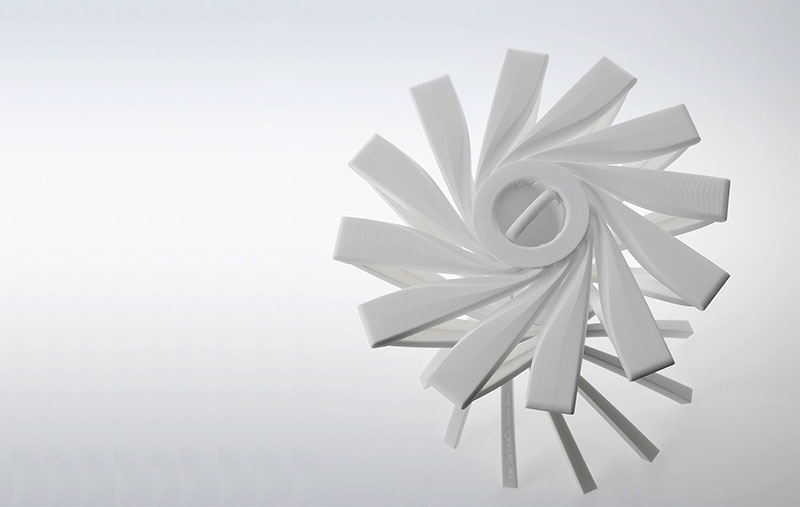The
ornament's theme is back in the spotlight thanks to the emergence of new
machining techniques. Patrick Jouin reinvents Marotte's sculpted panels and
explores all the possibilities the machine has to offer. Well beyond focusing
on matter and the ways of giving it shape, Patrick Jouin presents his work on
the modeling of light as a material in its own right.
The aesthetic effect of
the sculpted panels of the Empreinte collection depends on the trajectory, the
angle, and the speed of rotation of the machining tools used, which are
specially designed for each model. Thus the material is meticulously sculpted,
the tool leaves a trace, an imprint made of solids and hollows and shadows and
lights that transform the bare panel and creates a pattern and a design on the
material. The pattern then becomes dynamic, its appearance depends on lighting,
the movements of people in space, and the shadows resulting from those
movements, causing it to change and become vibrant and alive.
